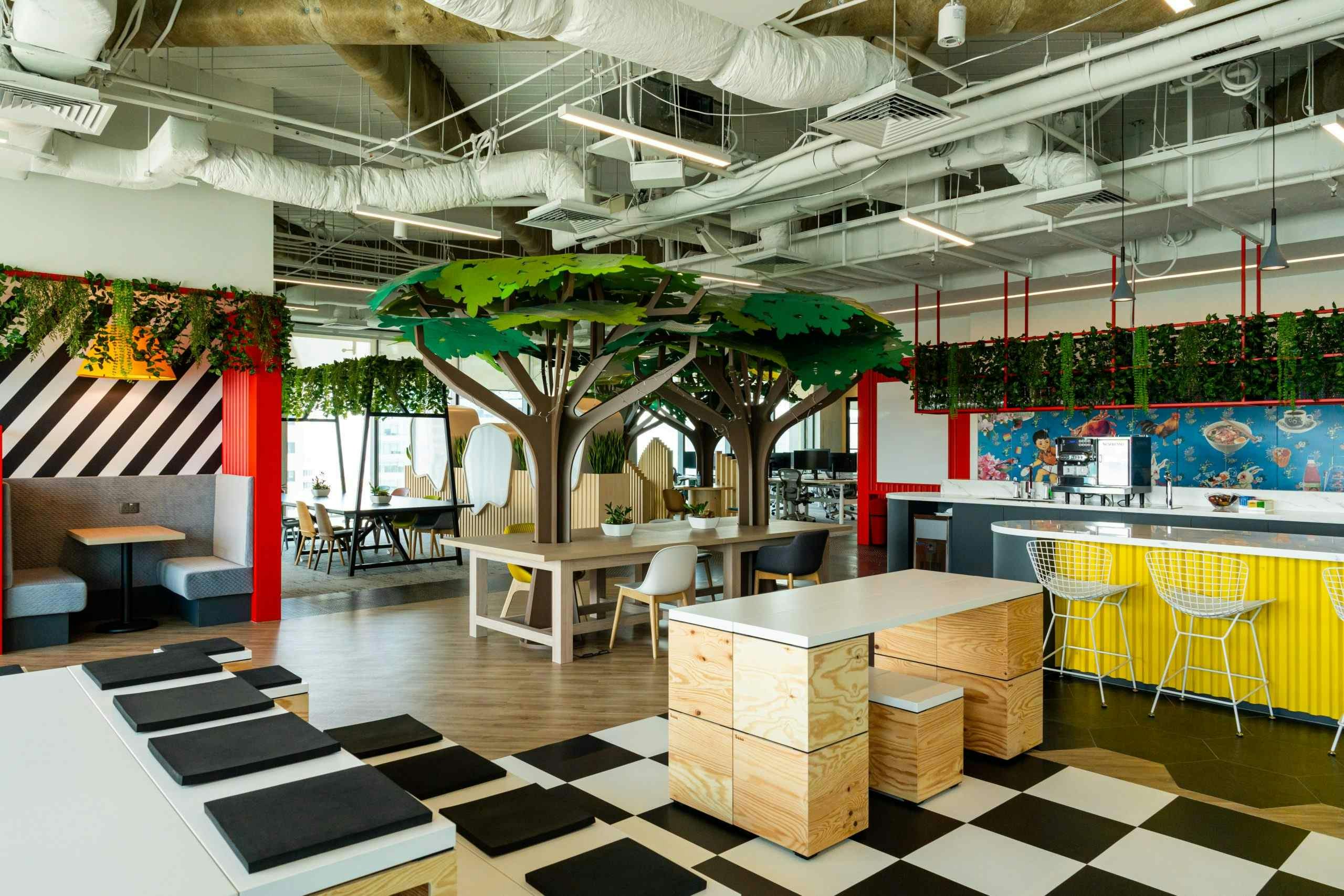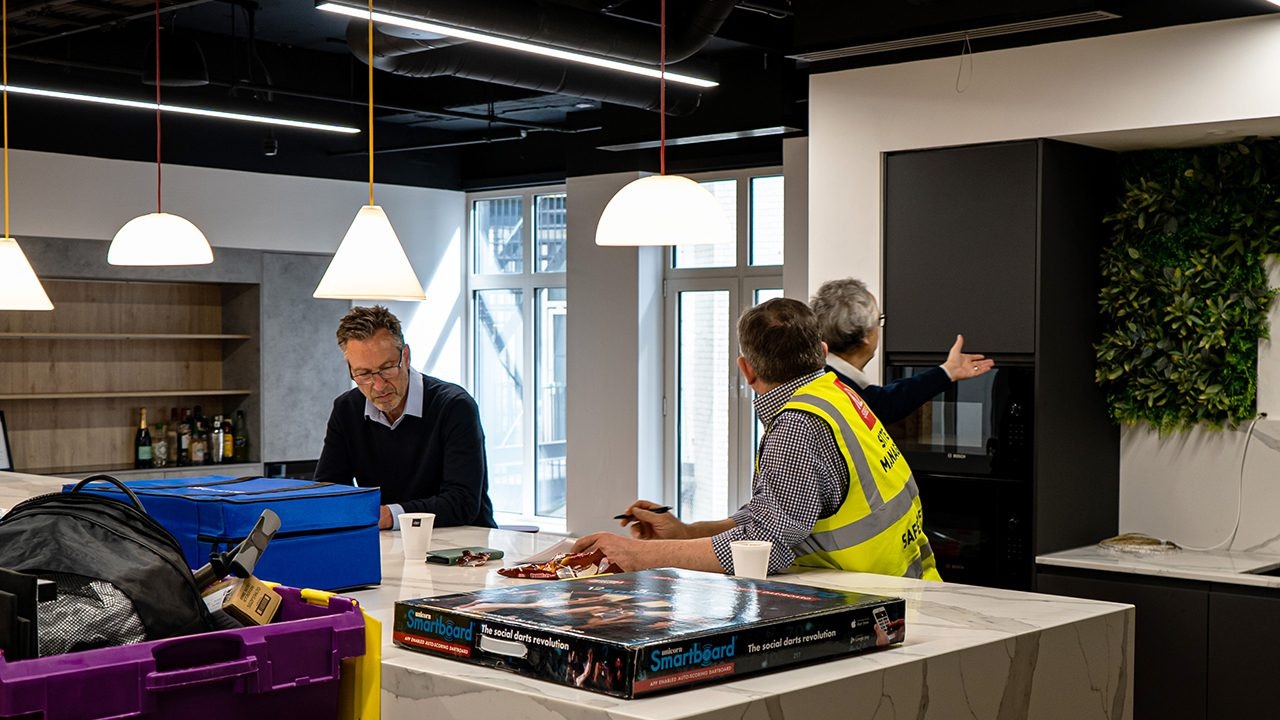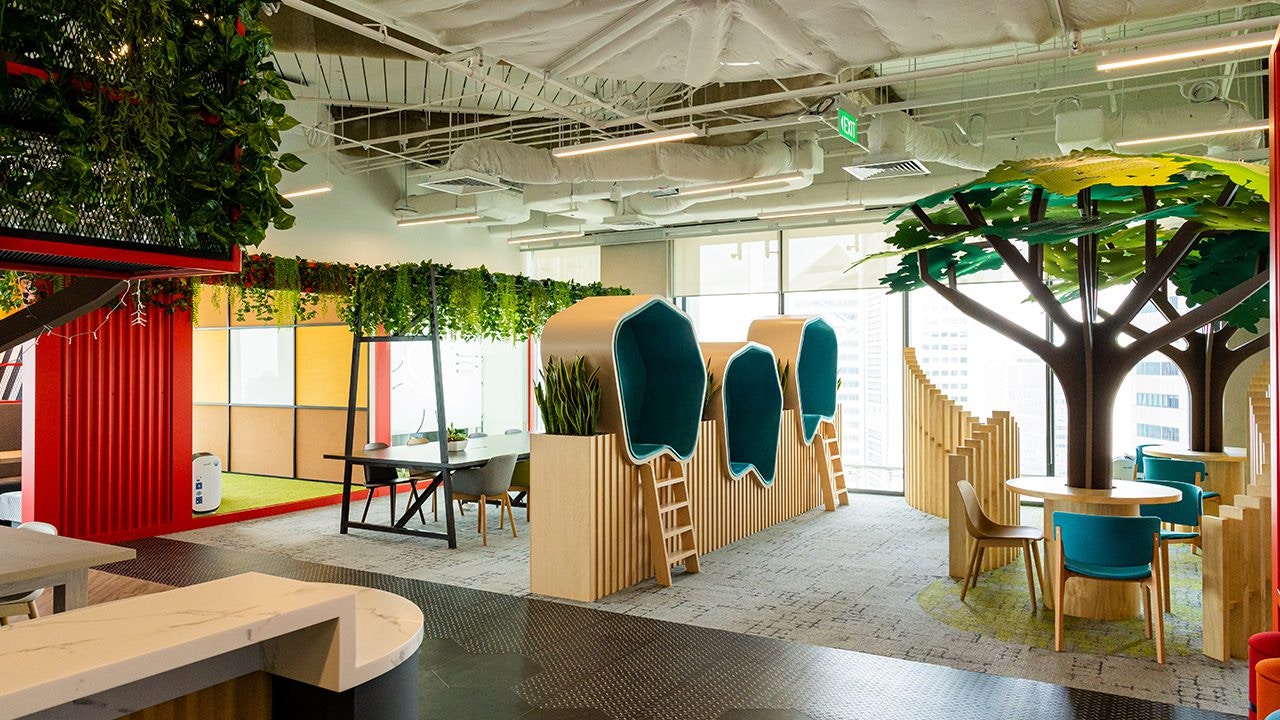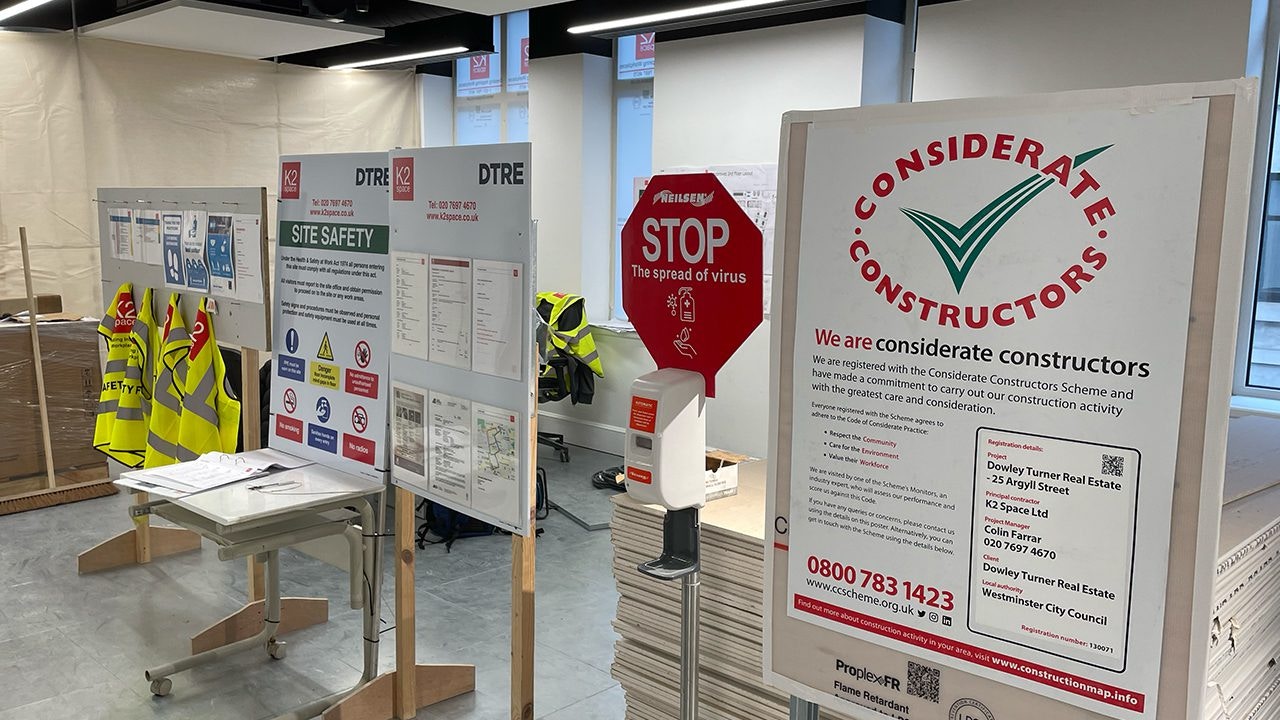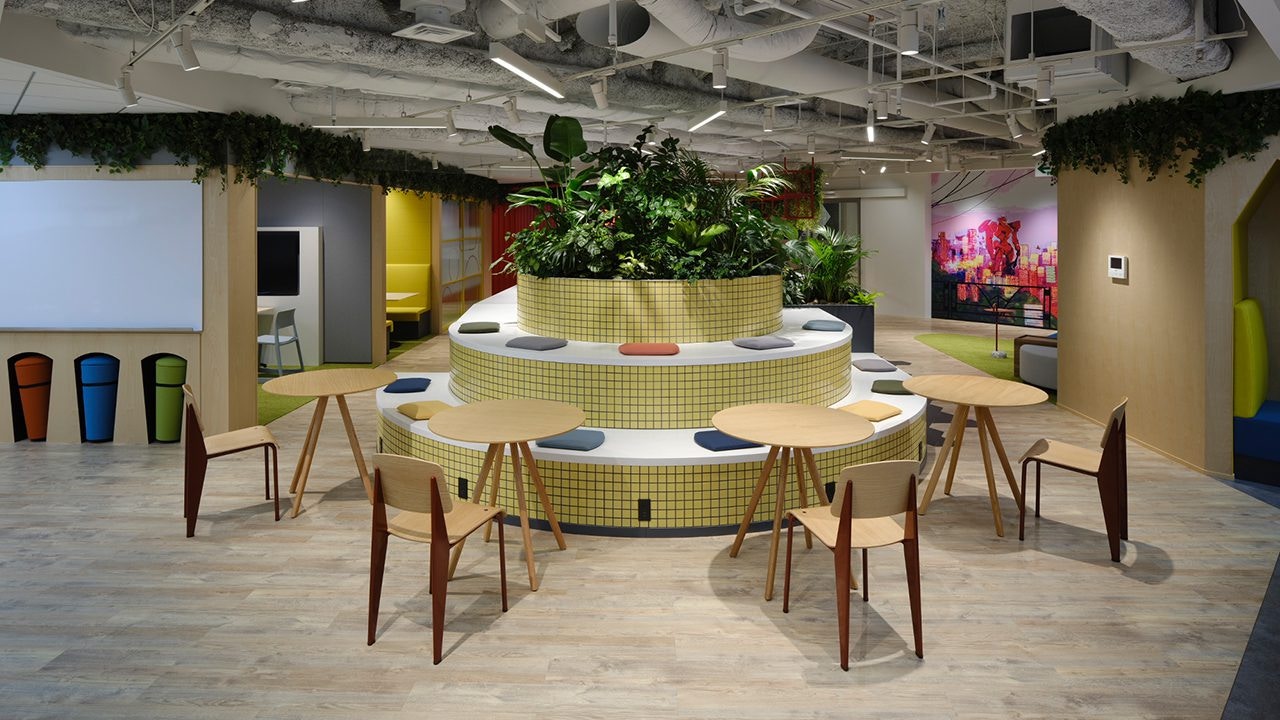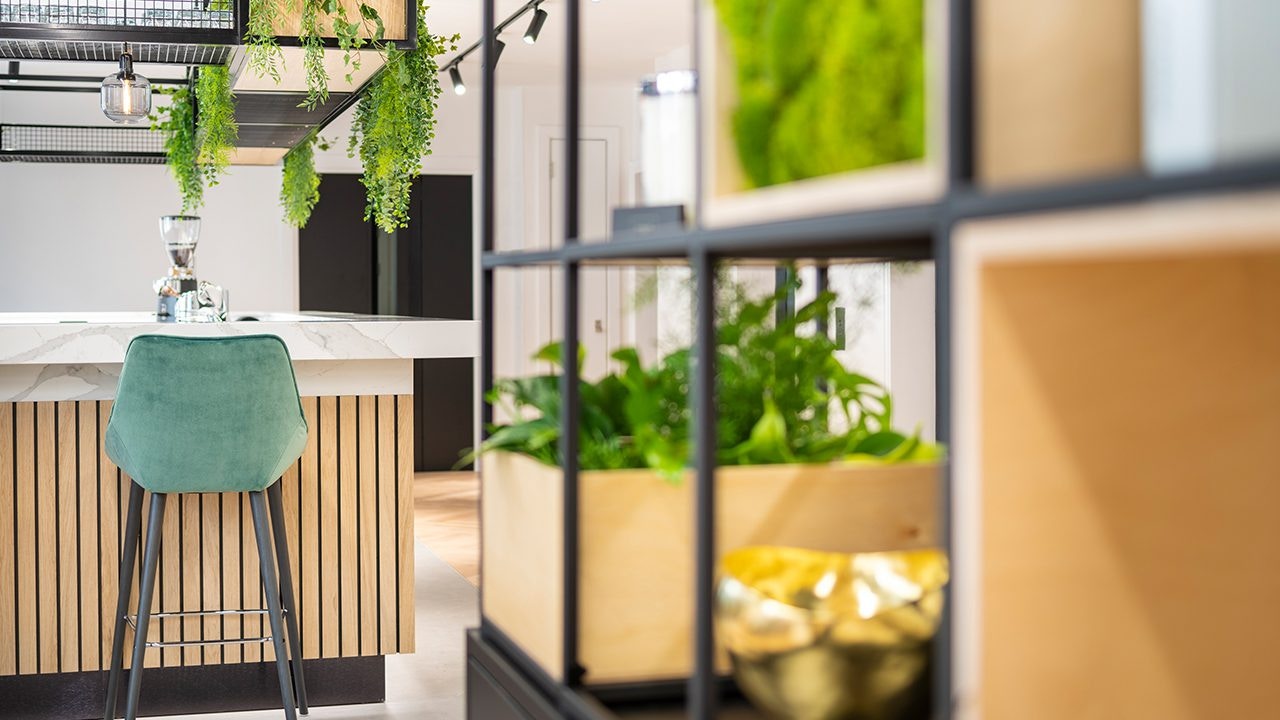What is ESG and Why is it Important?
Environmental, Social, and Governance (ESG) criteria have become central to business strategies, reflecting a company’s commitment to sustainable and ethical practices. The concept of ESG gained prominence in 2004 with the United Nations’ “Who Cares Wins” initiative, which emphasised the integration of environmental, social, and governance factors into investment decisions to enhance market sustainability.
For decades, ESG remained a niche interest. It wasn’t until the mid-2010s that a broader spectrum of investors began scrutinising ESG data, including metrics like carbon footprints, board diversity, and labour policies. This shift was driven by growing evidence that ESG factors can significantly impact financial performance and risk management.
Why ESG is Important to the Workplace
Integrating ESG principles into the workplace is essential for fostering a sustainable and ethical work environment. By focusing on environmental factors, companies can reduce their carbon footprint and promote eco-friendly practices. Social considerations ensure fair treatment, diversity, and inclusion among employees, enhancing overall job satisfaction and productivity.
Governance aspects emphasise transparent decision-making and ethical business conduct, building trust among stakeholders. Embracing ESG in the workplace not only aligns with global sustainability goals but also attracts top talent, meets regulatory requirements, and appeals to socially conscious consumers and investors.
